Barberry Thunberg "Green Carpet": description, planting and care
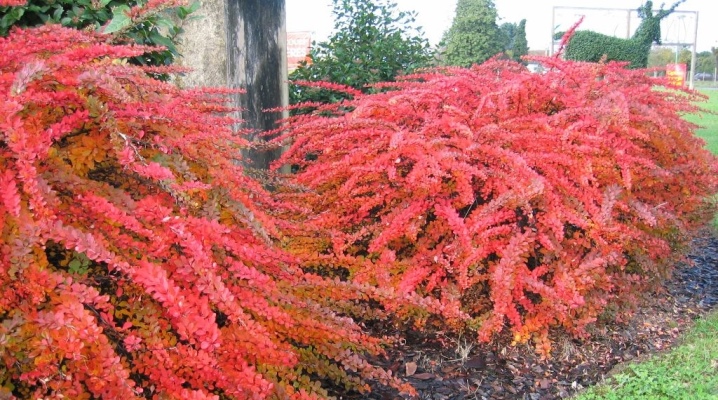
Many gardeners strive to decorate the site with unusual plant species. These include the Thunberg barberry "Green Carpet". A lush bush with chaotically arranged branches resembles a starfish or some kind of fantasy creature. The plant is unassuming, drought tolerant, and requires little maintenance. That is why culture is often used to decorate city parks. The article will tell you about how to grow Green Carpet on your backyard territory.
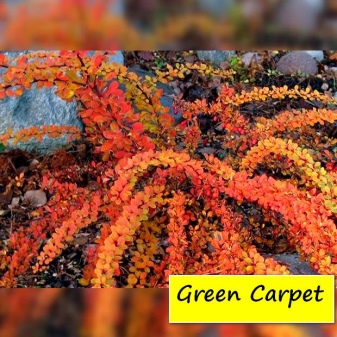
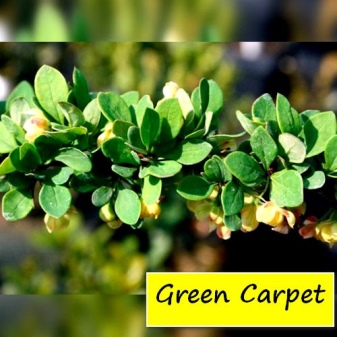
Description
"Green Carpet" belongs to the Barberry family. This is one of the many varieties of Thunberg barberry. It appeared in Holland thanks to the efforts of breeders. The variety has gained resistance to drought and low temperatures. Even in a polluted city, he feels great.
The bush is compact. The maximum height is 1 m. The diameter may slightly exceed this figure. Sprawling branches droop a little, forming a kind of pillow. The bark of the shrub has a light brown tone. The shoots are covered with small egg-shaped leaves. The length of each does not exceed 3 cm.
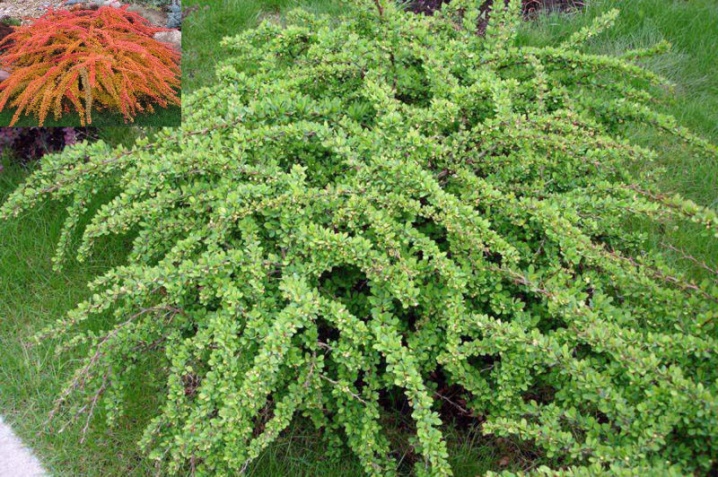
The upper part of the foliage is painted in a juicy green tone in spring. The inner part takes on a gray tint. With the onset of autumn, the bush turns orange, and then burgundy red. The flowering culture begins in late spring and lasts until June. Single flowers are collected in small groups. The petals are red on the outside and yellow on the inside.
A large number of fruits appear in September each year. Deep pink or red berries slightly shimmer with gloss. The shape of the fruit is elongated. Size - about 1 cm. Sometimes the berries remain on the bush until next spring. This allows the shrub to retain its decorative effect even after the loss of leaves.
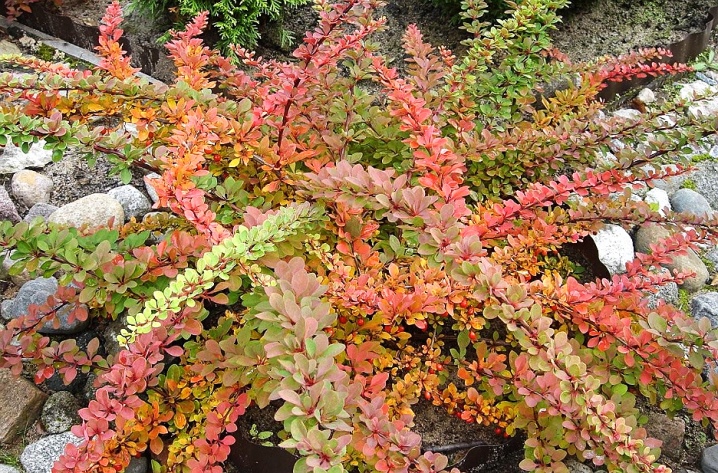
Unfortunately, the fruits of this barberry are not suitable for human consumption. But the birds eat them with pleasure. Every year the culture grows 10-12 cm. The maximum lifespan of the variety is 50 years. This is another plus of the plant.
As for the disadvantages of the variety, gardeners note only the thorniness of the bush. Thorns adjacent to foliage on branches create some inconvenience when pruning.
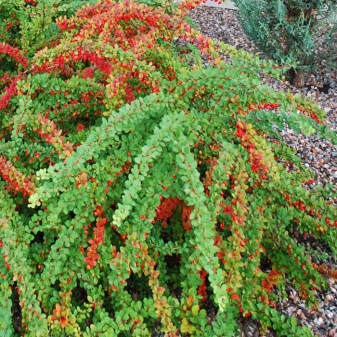
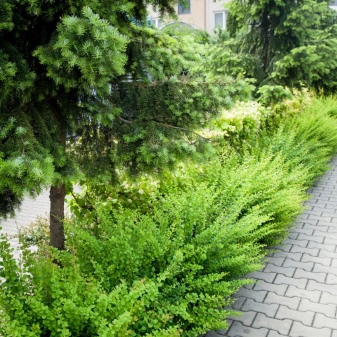
Features of planting and care
Barberry is generally unpretentious. But if there are options for choosing a landing site, it is better to give preference to a sunny area, protected from drafts. You can plant a bush in partial shade. If there is an absolute shadow on the site, this will negatively affect the decorative effect of the plant.
As for the composition of the soil, it is better if the acidity is neutral. Sour soils can be improved by adding lime or wood ash. Heavy soil can be lightened by adding sand and humus. It is also imperative to provide good drainage. Stagnation of moisture at the root system of the plant is unacceptable.

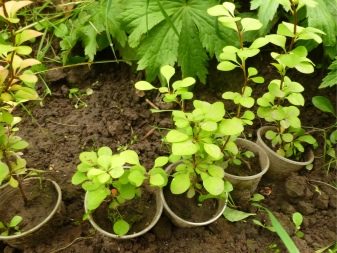
The landing pit is prepared in advance. It is advisable to do this a week before landing. An inexperienced gardener is advised to purchase a ready-made seedling. If the root system is open, it should be immersed in liquid fertilizer for several hours before placing the crop in the ground. If the seedling is in a container with soil, the soil is watered abundantly 20-25 minutes before planting. This will make it easy to remove the bush without damaging the roots.
The landing begins in April. It is important to have time to do this before the buds begin to bloom.If you plan to plant several seedlings side by side, the distance between them should not be less than 2 m. If there is an intention to create a dense hedge, this figure is reduced to 50 cm.
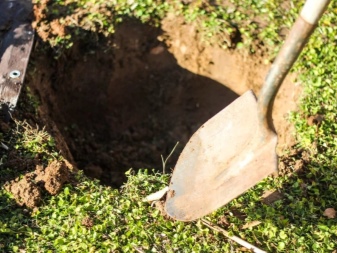
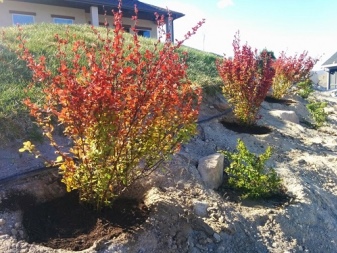
The hole should have a diameter of 25-30 cm if a three-year-old or younger specimen is planted. If the bush is older, the hole should be at least 40 cm in size. The planting material is carefully placed in the recess. It is necessary that the root collar is at the level of the soil. Then the roots are straightened and covered with earth. After that, watering is carried out.
Each bush should have 1 bucket of clean water.
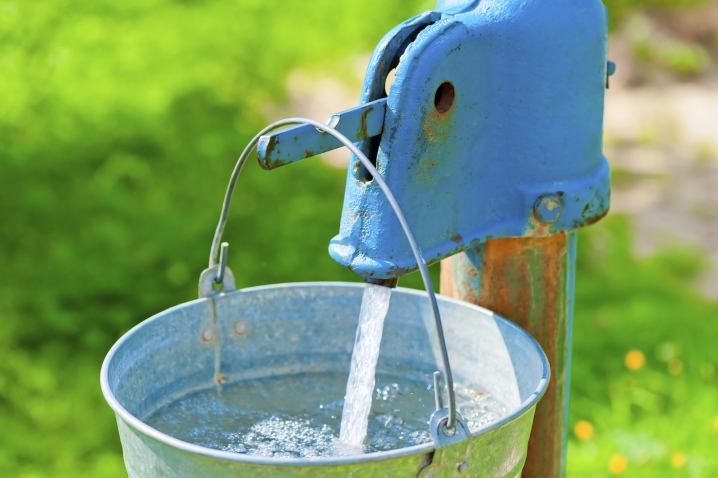
Watering and feeding
Watering should be moderate. Excess moisture will only harm the plant. In spring and summer, moisturizing once a week is sufficient. 2-2.5 buckets of water are poured under each bush. There is no need to water the plant at other times. Natural moisture obtained from precipitation will be enough for him. The water should be clean and warm. In this case, it is necessary to ensure that it does not fall on the leaves. After watering, it is recommended to slightly loosen the soil around the bush. Mulching with peat is a good solution.
In the first year, the culture does not need to be fertilized. The nutritious soil mixture that is used for planting must provide it with all the necessary substances. Subsequently, preparations containing potassium and phosphorus are introduced. The first time it is done after flowering. The second time is at the end of the season. Also, once every 3 years, the vitality of the bush can be maintained with the help of a urea solution.
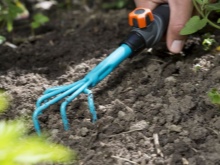
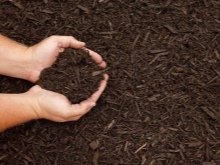
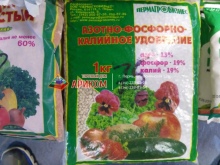
Pruning
From the second year of life, the plants begin to carry out regular sanitary pruning. In early summer, branches that have frozen over the winter are removed. At the end of summer, the bushes are thinned and shaped. Thin and dry parts are also removed. First, the lower shoots are cut off, then they go up. The branches are pruned by about 50-70%. Use a pruner or a garden hacksaw.
Gloves are worn to protect hands from thorns.
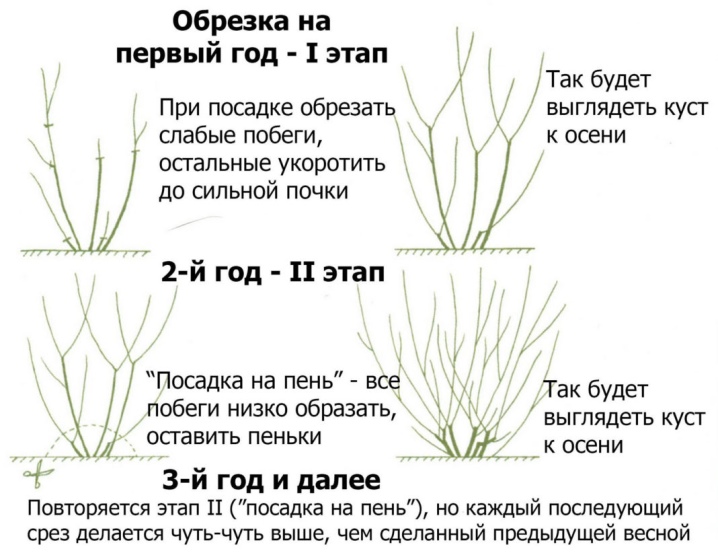
Preparing for winter
As stated earlier, the culture is cold resistant. However, in severe frost conditions, it can freeze slightly. That's why it is better to play it safe and protect the root system in the winter. For this, a shelter is built from spruce branches. This is especially true for young plants.
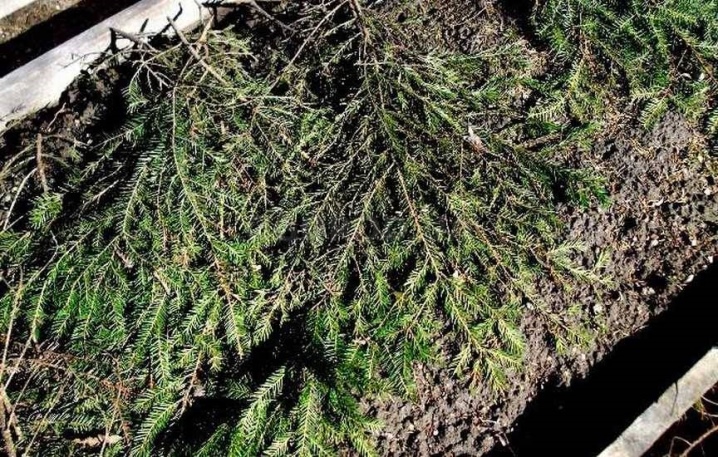
Reproduction methods
Seed method
When the berries are ripe, they are picked and seeds are extracted from them. Then the planting material is disinfected in a light manganese solution and dried. The finished seeds are immersed in the soil by 10 mm. First, the landing is made in a temporary place. In April, sprouts are picked. The distance between specimens must be at least 3 cm. When the seedlings reach the age of two, they are moved to a permanent place.
If it is decided to plant seeds in the spring, before that they must be kept in wet sand for at least 2 months. In this case, the temperature should be at the level of 3-5 C.
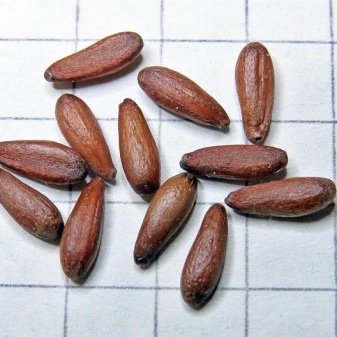
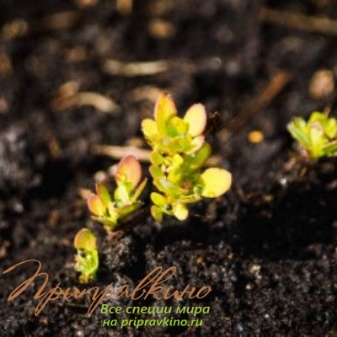
Cuttings
The process begins in early summer. All leaves are removed from the bottom of the cuttings. Then they are immersed in the Kornevin solution for several hours. This stimulates the rapid formation and development of the root system. After that, the planting material is planted in a temporary place. At first, they carefully monitor the sufficient level of soil moisture. After 2 years, the plants are moved to a permanent site.
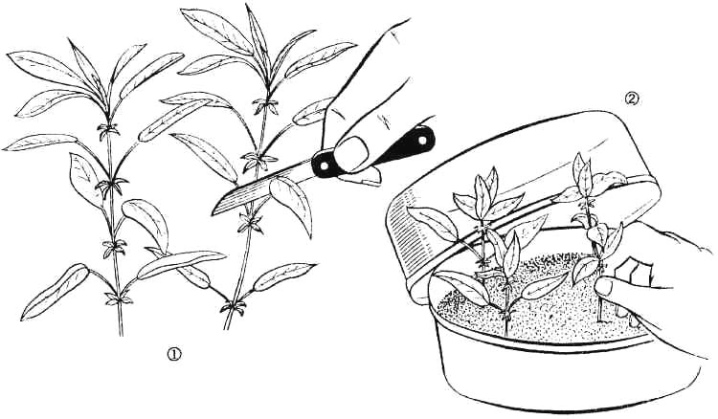
Using layering
The procedure is carried out in early spring. The strongest shoots are selected for reproduction. They are placed in a groove about 10 cm deep and fixed. The end of the shoot should be above the soil level. To speed up the formation of the root system, you can slightly scratch the place of its future location. By autumn, the cuttings will turn into a full-fledged seedling. During this period, he is moved to a permanent place.
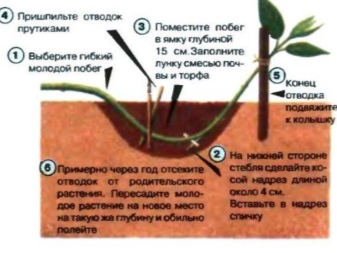
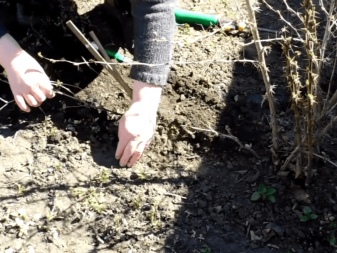
Dividing the bush
Shrubs between 3 and 6 years old are suitable for this method. The process starts in April. The bush is completely removed from the ground. Carefully cut it apart using a garden hacksaw.In this case, it is very important not to damage the root system. Places of cuts are treated with a manganese solution. You can also use charcoal. The resulting mini-bushes are planted in the selected places.

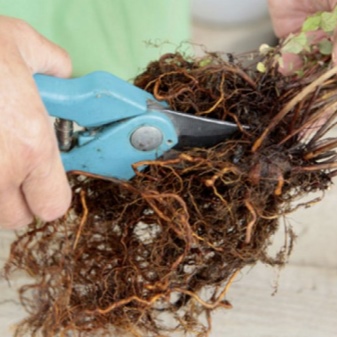
Diseases and pests
The culture is resistant to many diseases, however, sometimes troubles can happen.
- First of all, it is important to prevent the appearance of aphids and moths. Experienced gardeners are advised to spray the plant with a solution obtained by diluting laundry soap in water. This should be done in mid-spring. If the problem still appears, you can find out about it by drying and falling foliage, curvature of the shoots. In this case, it is worth using "Fufanon", "Decis" or other effective formulations.
- Powdery mildew can also affect the bush. This fungal disease is manifested by a white bloom on the shoots and foliage. This is where fungicides come to the rescue.
- Leaf spot can be identified by its characteristic dark spots. For prophylaxis, spraying with copper oxychloride is used. This is done in the spring and after flowering.
- Bacterial cancer is expressed by the appearance of cracks on the shoots. In this case, the damaged areas are removed and burned. This will prevent the spread of the disease. There is no cure in this case.
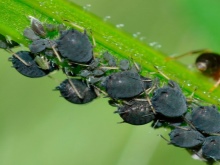
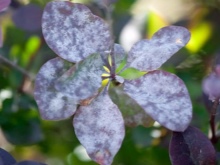

Use in landscape design
The expressive appearance of the Green Carpet barberry allows it to remain a spectacular decoration of the garden all year round. Culture can be used both as a single element of landscape design and as part of a green composition. Bushes often decorate flower beds, rock gardens. Several plants in a row can be planted along the walking path. You can make an original hedge.
Since the culture has a powerful root system, it is used not only for landscaping, but also for strengthening sandy slopes.
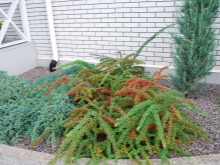
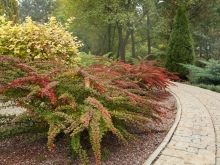

For the features of caring for barberry, see below.



































































The comment was sent successfully.